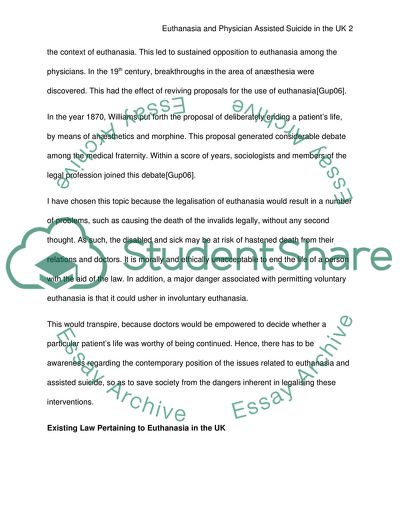Cite this document
(Legalisation of Euthanasia and Physician-Assisted Suicide in the UK Essay, n.d.)
Legalisation of Euthanasia and Physician-Assisted Suicide in the UK Essay. https://studentshare.org/law/1802921-should-euthanasia-and-physician-assisted-suicide-be-legalized-in-the-uk
Legalisation of Euthanasia and Physician-Assisted Suicide in the UK Essay. https://studentshare.org/law/1802921-should-euthanasia-and-physician-assisted-suicide-be-legalized-in-the-uk
(Legalisation of Euthanasia and Physician-Assisted Suicide in the UK Essay)
Legalisation of Euthanasia and Physician-Assisted Suicide in the UK Essay. https://studentshare.org/law/1802921-should-euthanasia-and-physician-assisted-suicide-be-legalized-in-the-uk.
Legalisation of Euthanasia and Physician-Assisted Suicide in the UK Essay. https://studentshare.org/law/1802921-should-euthanasia-and-physician-assisted-suicide-be-legalized-in-the-uk.
“Legalisation of Euthanasia and Physician-Assisted Suicide in the UK Essay”. https://studentshare.org/law/1802921-should-euthanasia-and-physician-assisted-suicide-be-legalized-in-the-uk.


